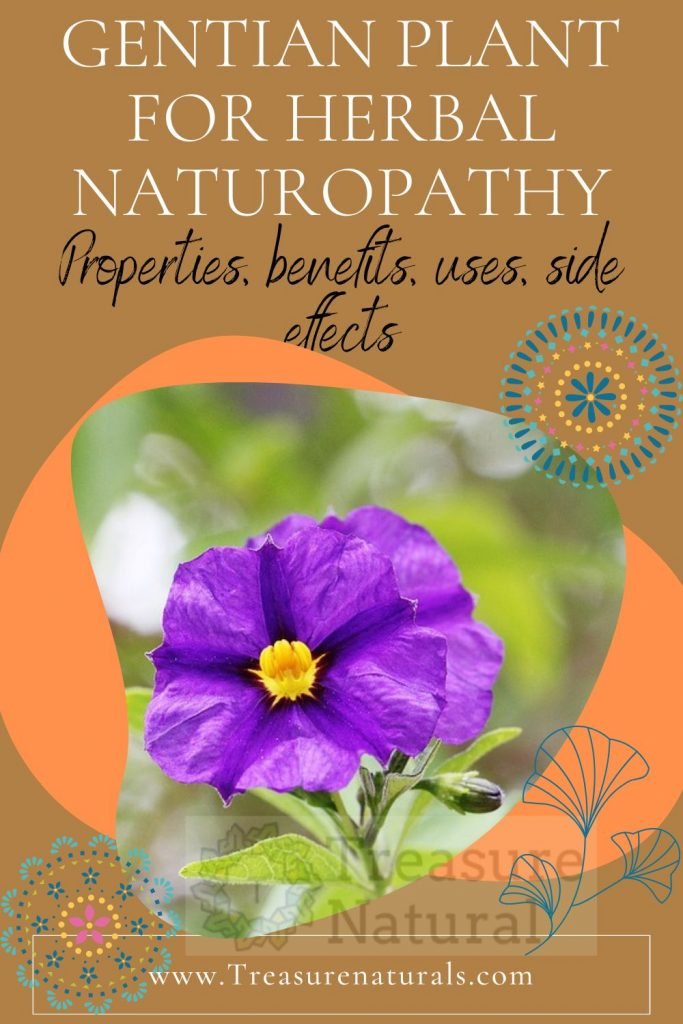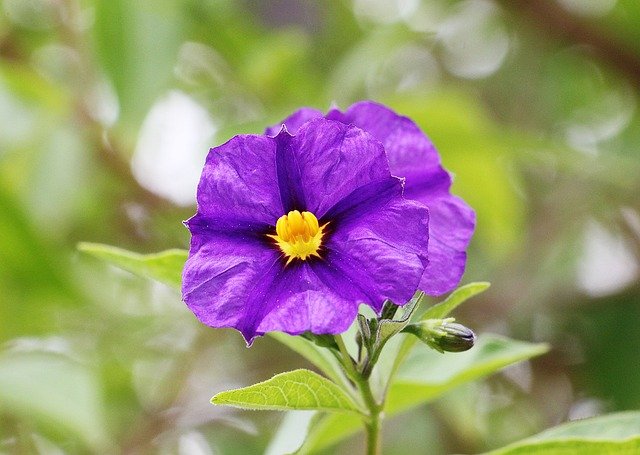
Gentian has strong therapeutic properties for the digestive system. In fact, it stimulates the gastric, digestive, tonic, anti-fermentative, vermifuge, stomachic, febrifugal and purifying functions. Let’s find out better.
Properties and benefits of the Gentian
Gentian contains amarogentana, a bitter substance, and other active ingredients including gentianine (alkaloid), gentisine (coloring substance) and gentiopicrin (glucoside).
These constituents act on digestion and on the production of gastric mucus, they increase the quantity of gastric juice since they influence the secretion of chlorine and peptins by the stomach and the motility of the digestive tract.
There are a fair amount of mucilage, essential oils and enzymes. Thanks to its content of active ingredients, gentian is recognized for its digestive action, stimulating the gastric functions, tonic, anti-fermentative, useful against stomach problems , intestinal parasites and fever.
Gentian is also useful against fatigue and anemia, so it is used to recover from long convalescences and as a defense against infections.
How to use
The dried root in infusion or the dry extract, the mother tincture or the hydroalcoholic extract is used from the Gentian. Fresh gentian root is poisonous, which is why it is used dried.
If taken before meals, gentian is useful for stimulating the production of gastric juices and therefore to promote digestion. In some cases, when eating a very large meal, gentian can also be used after eating.
Gentian has always been used as a remedy for fever and in case of wounds to accelerate the healing process.
Gentian is useful against anorexia and general fatigue, while in natural cosmetics it is used as an infusion for cleaning oily skin.
Contraindications of the Gentian
Gastric hyperacidity and abdominal cramps may appear after taking gentian. It is not recommended for pregnant women, where high doses of gentian could damage digestion and cause vomiting.
It is also contraindicated in cases of gastroduodenal ulcer, acute gastritis, gastric hyperacidity, hiatal hernia and esophagitis. Do not consume fresh gentian root as it is poisonous.
Description of the plant
The greater Gentian ( Gentiana lutea ) is a perennial plant belonging to the Gentianaceae family. It is a plant from 50 cm to 1.30 m high, has an erect, glaucous stem, with large and oval leaves.
Gentian has small, yellow flowers that bloom in summer. Its root has a strong and recognizable smell and a bitter taste.
Habitat of the Gentian
Gentian prefers calcareous soils and high altitude meadows and, even if it is not very easy to find, it grows spontaneously in mountainous areas characterized by a high acidity of the soils.
Spontaneous harvesting is currently regulated in many regions because it is a protected species.
Background

The term gentian has very ancient origins and probably derives from Genzio, king of Illyria, who was the discoverer of its medicinal virtues.
Gentian was very popular with the Romans, and its spread began when its natural properties were discovered to treat intestinal and worm problems.






